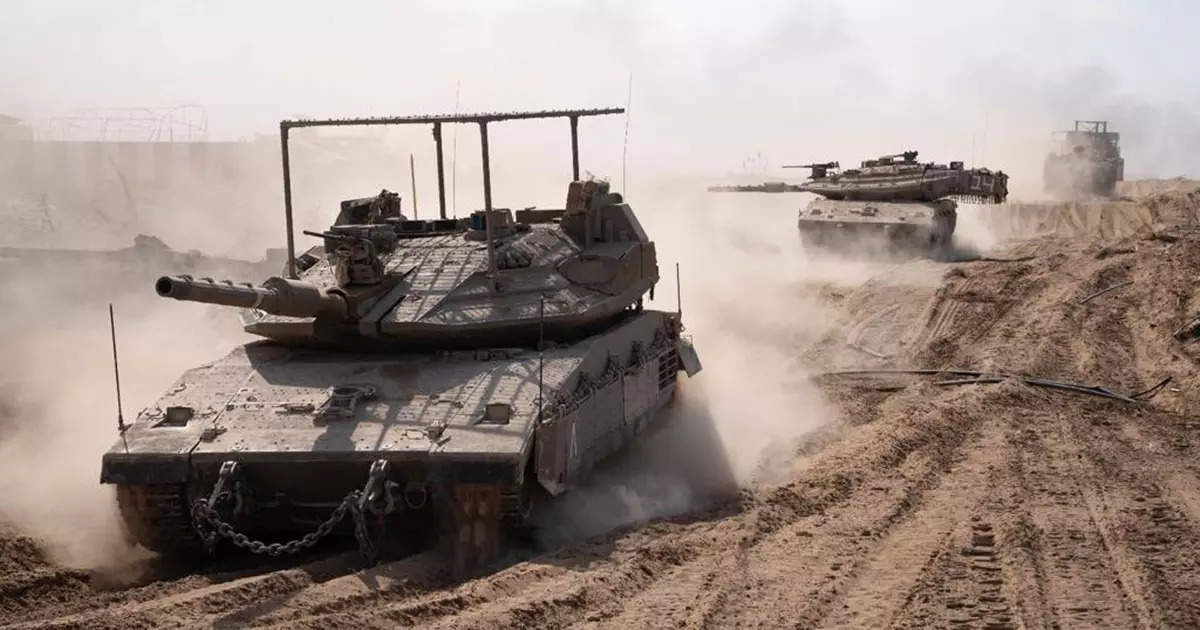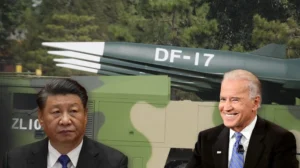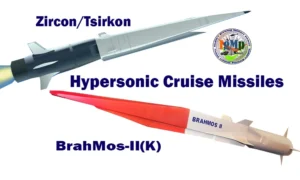On Tuesday, Iran’s Islamic Revolutionary Guard Corps hit what it called “a spy headquarters” in Iraq’s autonomous Kurdistan region and “terrorist” targets in Syria.
Its forces also fired on “an Iranian terrorist group” in Pakistan, which said the attack killed two children and riposted with a strike on Iranian territory that Tehran said claimed nine lives.
Iran’s missile capabilities are one reason why Western attention remains fixated on this regional power, as the Islamic republic and its proxies step up attacks in the Middle East in solidarity with Gaza’s Hamas militants in their war with Israel.
– Range and accuracy –
The massive Iranian missile armoury covers ranges from short (300 kilometres or 186 miles) to medium (300-1,000 kilometres) and long (up to 2,000 kilometres).A majority are produced or assembled locally thanks to Iran’s advanced industries and university sector.”Hardly a year goes by without an Iranian announcement about the development of a new type of ballistic or cruise missiles,” said Eva Koulouriotis, an independent expert.
Tehran has gradually advanced into solid-propellant missiles — which are “easier to store and much quicker to bring into action than liquid-fuel ones, so they are much more useful tactically,” said Jeremy Binnie of British private intelligence firm Janes.
“The Iranians have taken Scud technology from the 300 kilometres of the missiles they received in the 1980s to 1,600 kilometres or more,” he added, as well as developing “much better guidance systems… enabling them to carry out course corrections”.
– Iran-Iraq war –
The 1980-88 Iran-Iraq war was a turning point for Iranian forces, which acquired Soviet Scud-B missiles to riposte against then Iraqi president Saddam Hussein’s strikes.
“That experience left a long-lasting impression on Iranian leaders, who concluded that missiles were an effective means of retaliation and a vital element of defence,” said John Krzyzaniak of the Wisconsin Project on Nuclear Arms Control.
“Iran lacks a modern air force because it has been unable to upgrade its fighters over the past few decades, so it has compensated by building missiles,” he added.
– Foreign aid –
At the outset, “Iran’s early ballistic missile stockpile was furnished by Libya, Syria, and North Korea,” said Farzan Sabet of the Geneva Graduate Institute.
Later, Tehran was able to turn to the Soviet Union and Russia before its programme could stand on its own feet.
Today, “it’s unclear how much external input” Iran gets, said Janes expert Binnie.
“It would be more at the component level rather than (missiles’) overall design and development,” he said.
In fact, many of the weapons “probably use off-the-shelf components where appropriate, as the Iranians are very savvy about incorporating commercial products into their missiles and their drones,” Binnie said.
Iran has been able to achieve this in the teeth of international — especially American –sanctions, which experts say have managed to slow the missile programme and make it more expensive without completely wiping it out.
– Unknown size –
It is unknown how large Iranian missile stocks are, but experts believe there are huge numbers in the hands of the army, the Revolutionary Guards and regional allies including Hezbollah in Lebanon and Huthi rebels in Yemen.
Even in Iran alone, making a firm estimate is all but impossible, Koulouriotis said.
The army and Revolutionary Guards “have their own factories and separate warehouses”, she said.
Arab and Western sources “talk about 60,000 missiles, but in my opinion the number is much higher than that and may reach more than 200,000”, Koulouriotis added.
– Big plans –
The United States and its allies suspect Iran is developing ballistic missiles that could carry nuclear warheads.
The Islamic republic has consistently denied any ambition to develop a nuclear weapons capability, insisting its activities are entirely peaceful.
Even without atomic weapons, the missiles have “an important conventional warfare mission to allow the country to strike targets with precision from far away”, Sabet said.
That allows Iran “to deter adversaries from overtly striking the Iranian homeland and some of its key assets abroad, or at least to make them pay a high price if they do”, he added.
In future, Tehran aims to “improve their ability to hit moving targets”, Krzyzaniak said.
“This will require better, faster intelligence gathering capabilities and, for the missiles, better terminal guidance,” he added.
The government also has “the technological building blocks to build something to reach longer ranges” beyond its current 2,000 kilometres, Krzyzaniak said.








